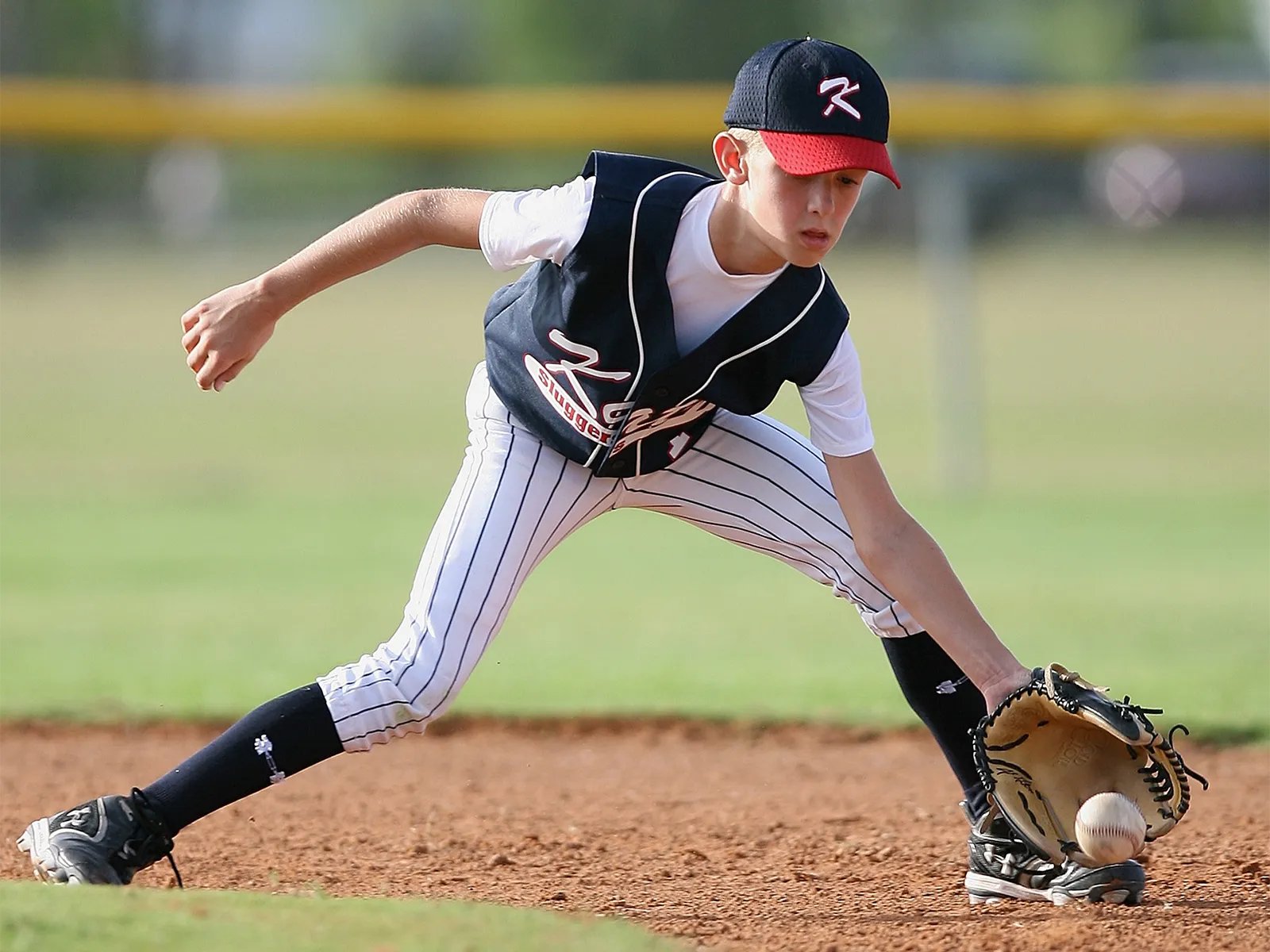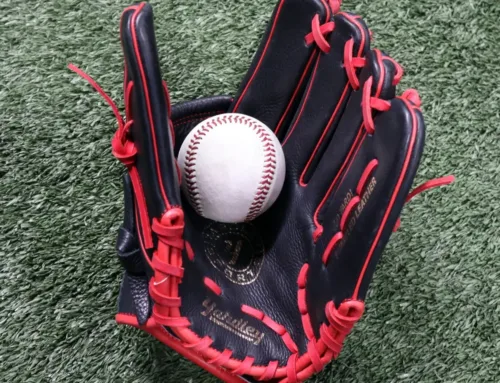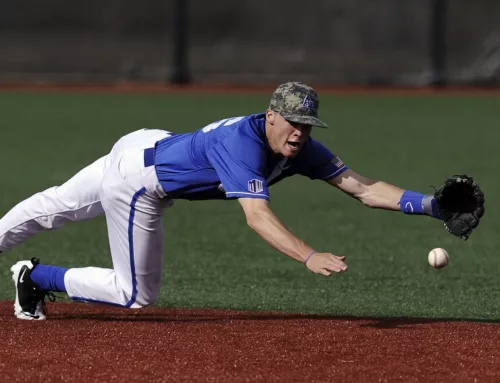Economy of Motion- The principles of motion economy form a set of rules and suggestions to improve the manual work in manufacturing and reduce fatigue and unnecessary movements by the worker, which can lead to the reduction in the work-related trauma.
Economy of Motion while Fielding in Baseball and Softball
If you were to break fielding ground balls in baseball and softball, there is a technique and fundamentals that are taught. With those techniques and fundamentals together without any wasted movement is what we want as infielders. Stopping your momentum and rhythm will make you slower with fielding. Being slower while fielding will put you in bad spots to field. Playing infield is all about rhythm and timing. Having the economy of motion while fielding will allow you to be in the correct spot to field in motion and not only that it will force you to have a lot of momentum to range and throw. Being able to explode and drive through the ball is very important when it comes to fielding. With the economy of motion, it will allow you to explode when needed and slow down when needed. Every ground ball is different so you can’t take the same approach necessarily, although the techniques and fundamentals are the same. So, with your techniques and fundamentals you need to learn how to field every ground ball with the economy of motion to perform at the most consistent. If you understand the technique and fundamentals, you will better understand when to increase your economy of motion which will make you more efficient to field ground balls. Learning this action will make you smoother and quicker but you won’t ever need to panic or feel rushed while fielding ground balls. It will allow you to be smoother and quicker which we need to be to throw runners out. It will help your arm so much because of all the correct timing and momentum you build through fielding. Every second or tenth of a second we can take off will help us throw runners out a lot faster.
Techniques and Fundamentals
- Approach
- Footwork
- Glove work
- Body posture
- Reaction
- Arm/throwing
- Smooth transfers
- Angles




